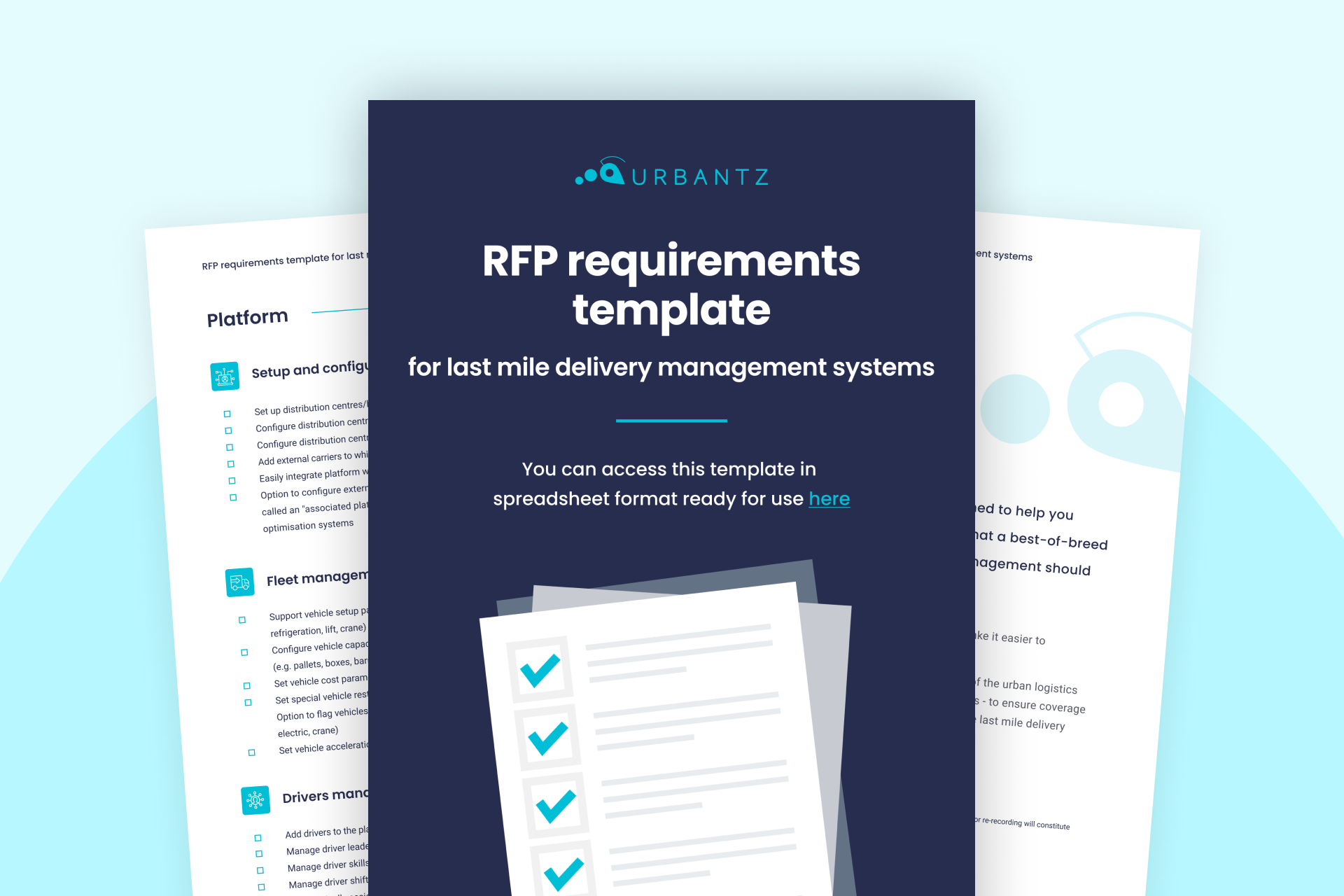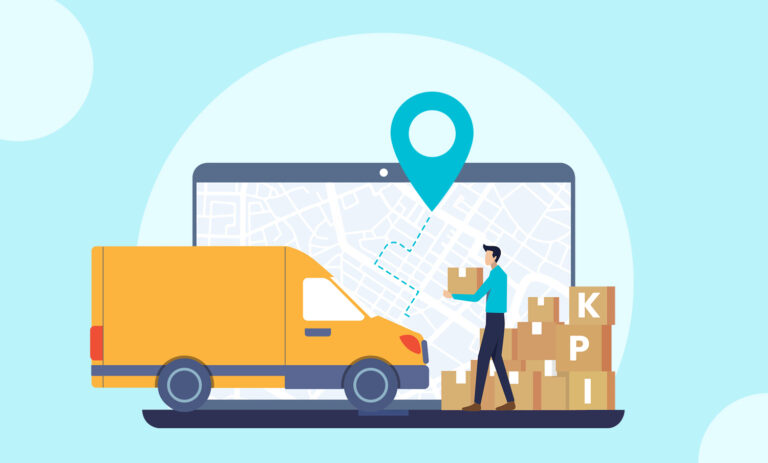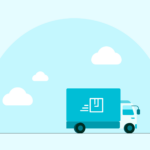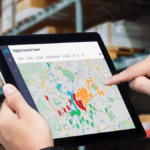

You only need to take a quick look at today’s business news to know the digital landscape continues progressing at an astounding rate.
And the supply chain is no different. So today, we’re talking about delivery management software and what it means for your digital transformation in 2023.
Such is the pace that customer demand is changing right now that logistics companies find themselves faced with a very tricky challenge to manage. Fast, often next-day, delivery coupled with supply chain issues and rising operational costs.
It’s why many growing organisations accelerating their digital transformation and, in particular, assessing delivery management software.
This way, they can balance this scale and still grow market share.
What does digital transformation mean for the logistics industry?
“… digital transformation means employing analytics, artificial intelligence, robotics, the Internet of Things, and other advanced technologies to collect and process information automatically and either support decision making and other activities or automate them altogether.”
McKinsey, Digital transformation: Raising supply-chain performance to new levels
In essence, digital transformation enables logistics companies to collect, analyse, and act on data in real-time, factors that result in better decision making, improved customer service and more streamlined operations.
A key focus area for digital transformation in the logistics industry is simplifying and managing delivery operations. For large Enterprises and growing businesses, the ability to oversee disparate fleets of vehicles and delivery companies is critical, especially when it comes to seasonal or sudden upticks in demand.
Delivery management software helps to ease this burden by helping companies plan, manage and execute their delivery operations more efficiently. This is often done via all-in-one software that lets companies get a more comprehensive view on their delivery processes and thus allows them to optimise routes, manage drivers and even improve customer communications.
Given the economic outlook for 2023, it’s impossible to downplay the importance of home delivery to the success of the entire retail and logistics industry.
Here’s how our co-founder and CEO Jonathan Weber explains it:
Why do you need to prioritise digital transformation in 2023?
With the threat of a protracted global recession on the horizon and companies of all industries and sizes looking to cut unnecessary costs, it comes as no surprise that logistics organisations are considering increased automation and software solutions to further optimise their processes.
Moving to more efficient software platforms that provide additional insights into delivery operations, as well as intelligence on customer data, can reap substantial benefits in terms of cost savings.
But it’s not just about cost savings. According to McKinsey, companies that digitise their logistics and supply chains can expect to increase annual growth of earnings by 3.2%, equating to annual revenue growth after interest and taxes of 2.3%.
What’s more, competition only increases during difficult economic times, so companies positioned to adapt quickly to changing customer preferences and evolving market needs will come out on top.
How can enterprises benefit from delivery management software?
When it comes to delivery management, it’s easy to make the connection between more efficient operations and both cost and customer benefits.
But how exactly does delivery management software achieve these outcomes?
1 – Increased visibility leads to greater market share
Where delivery management software comes into its own is in the increased visibility it affords retail and ecommerce businesses. Having that single dashboard view on all delivery operations is truly transformational and enables much more informed decision making at both the operational and the management level. This increased visibility in turn improves customer communications and experience, which ultimately leads to greater market share.
2 – Improved drop density proves out ROI
Improving your drop density is another big benefit of deploying delivery management software. A high drop density will keep your costs down and your margins up, as your drivers are spending less time driving and more time delivering.
How does it do this? Delivery management software provides an automated approach to things like delivery scheduling, task allocation, dynamic route planning, real-time tracking, tracing and more. So you have that full picture to be able to track where your drivers are and how they could be driving and delivering more efficiently.
3 – Extended delivery capacity supports scalability
Growing businesses need to maintain a seamless carrier and customer experience. Delivery management software is really the only way to ensure this is maintained as your business continues to scale. It does this predominantly through Multi-Carrier Management that lets operations teams assign jobs better, but also helps your business extend delivery networks more easily.
NEXT: How can last mile software help me increase the drop density of my deliveries?
How do you implement digital transformation in delivery management?
As with any digital transformation project, the groundwork ahead of implementation is crucial.
Mike Darchambeau, Urbantz co-founder and VP business development, recently wrote about some of the best strategies to ensure your digital transformation project goes smoothly. Here’s a quick recap of what he wrote.
1 – Brush up your vendor knowledge at the outset
If you don’t have this expertise in-house, turn outwards to a consultant to get it!
2 – Choose the most appropriate solution, not the flashiest
There’s nothing worse than being bowled over by a flashy demo only to discover your use case isn’t actually supported properly.
3 – Identify potential obstacles to success and remove them
A senior leader’s most important role is to build the implementation team that will see the project through.
4 – Go COTS for real ROI
We’ve been banging this drum for a while now. There’s a reason for it…
5 – Make sure your dispatchers and drivers are onboard
If stakeholders don’t feel heard, they won’t be invested. If they’re not invested, your project won’t succeed. Simple.
If you’re weighing up your options right now for a last mile carrier and are also considering delivery management solutions, then you’ll find our RFP checklist useful.
Whether it’s grocery delivery, or ‘big and bulky’ orders, last mile carriers are a great way to offer a more comprehensive and optimised customer delivery service. One that, in turn, enables you to scale and grow more quickly as a business.









